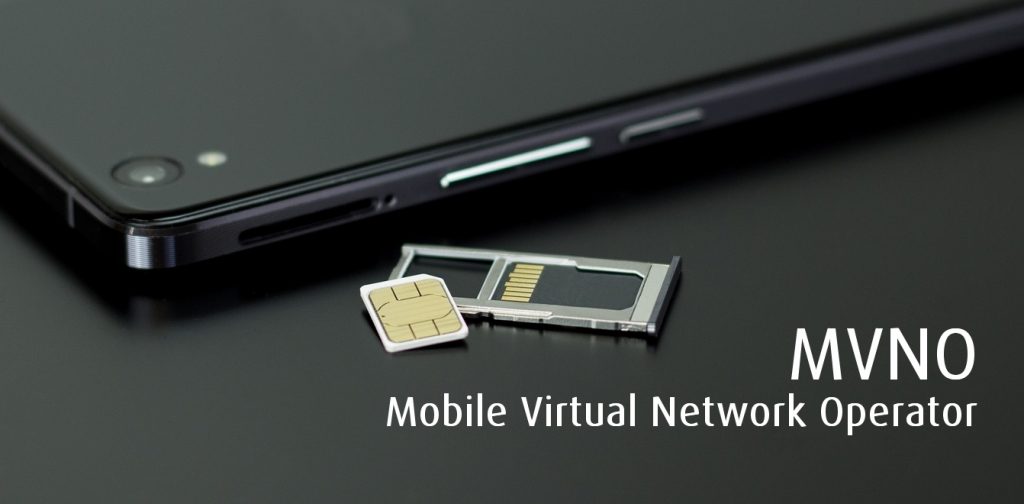CableLabs Sizes up Hybrid MVNO Architectures
CableLabs has made headway with experts focused on emerging hybrid MVNO (H-MVNO) models that aim to bridge access to third-party mobile networks and a cable operator’s own Wi-Fi network, and potentially their own 4G networks or 5G running on licensed spectrum.
CableLabs confirmed the group was formed in December 2020 and completed the project in August 2021.

As cable operators in the US and abroad enter the mobile game or look to enhance their existing mobile services through MVNO partnerships, the experts intend to create an evolved architectural blueprint for mobile virtual network operators (MVNOs) wireless architect. Its aim is to explore new converged architectures that will benefit its members’ wireless deployments, while highlighting the benefits, impacts on existing deployments, and features required to be supported by both Mobile Virtual Network Operator and Mobile Network Operator.
The work and activity of the specialists can be adapted by cable operators, and if the result of the initiative includes reference architectures or possibly a new set of specifications. The main challenge that cable operators will face as they move beyond a traditional MVNO model is that they will look to offload traffic on their own Wi-Fi networks or their own mobile radio infrastructure in specific areas. In a hybrid MVNO scenario, cable operators will be forced to deal with a set of wireless infrastructures, as shown below:
- The cable operator’s community Wi-Fi network
- The mobile network operator’s 4G/5G network
- The cable operator’s own 4G/5G network
it’s already happening
While CableLabs experts focus on the hybrid MVNO challenge is new, several cable operators, including a group in North America, are already following this path.
Comcast and Charter Communications, for example, have MVNO agreements with Verizon, operate their own metro and home Wi-Fi networks, and have secured CBRS licenses in areas where mobile traffic is expected to be heaviest.
Cogeco of Canada plans to enter the wireless business in Canada through a proposed H-MVNO structure. Linked to that plan, Cogeco has secured 38 spectrum licenses in the 3,500 MHz band at auction and says it now has spectrum licenses to cover about 91% of its broadband footprint.
H-MVNOs aim to offload as much traffic as possible to help offset the costs of going to their mobile network operator partners. But they will also need new converged network architecture and related features to ensure a consistent user experience and uniform, tailored policy enforcement as customers move in and out of these different networks.
Centering on SIM
Experts are exploring H-MVNO architectures that use dual-SIM and single-SIM approaches.
Dual-SIM devices offer a way for a hybrid MVNO to maximize its own network usage, but some argues that this approach also has some shortcomings.
Leveraging reseller MVNO with dual-SIM capabilities does not give the H-MVNO any real-time insight into its subscribers’ data usage statistics and patterns. In addition, H-MVNOs have no control over policy, subscriptions, mobility or user experience management when their subscribers are outside the coverage of the H-MVNO network.
The evaluation of new and evolved Dual-SIM Dual Standby (DSDS) architectures that use standardized 3GPP interfaces to overcome some of the limitations of the traditional reseller MVNO and provide policy, user experience and user subscription and control to the hybrid MVNO.
The new technical experts will evaluate single SIM architectures that enable the hybrid MVNO network to support seamless, low-latency mobility for data applications on the MNO and H-MVNO networks.
An ideal architecture to offer mobile services using a single SIM device is to combine a roaming architecture and a mobility interface, both standardized on 3GPP.
The targeted nature of hybrid MVNO mobile deployments can increase the signalling load on key elements of the MNO mobility management network as customers move in and out of H-MVNO network coverage, he adds. To overcome this problem, the working group is evaluating new MVNO architectures that use dedicated network elements in the MNO domain to handle H-MVNO subscriber traffic. This can isolate H-MVNO traffic from MNO subscriber traffic and eliminate the surge.
By Abdul W Moghul
 MVNO MVNE MNO Mobile & Telecoms industry intelligence Telecoms Jobs, News and Business
MVNO MVNE MNO Mobile & Telecoms industry intelligence Telecoms Jobs, News and Business






